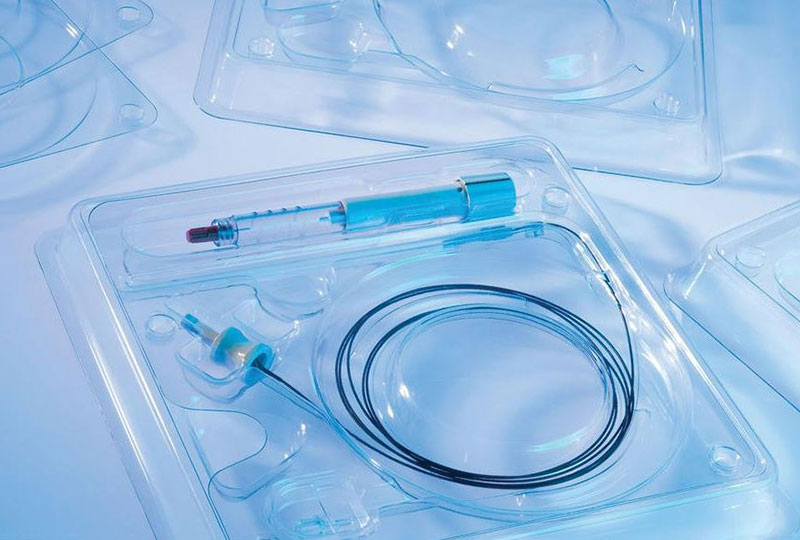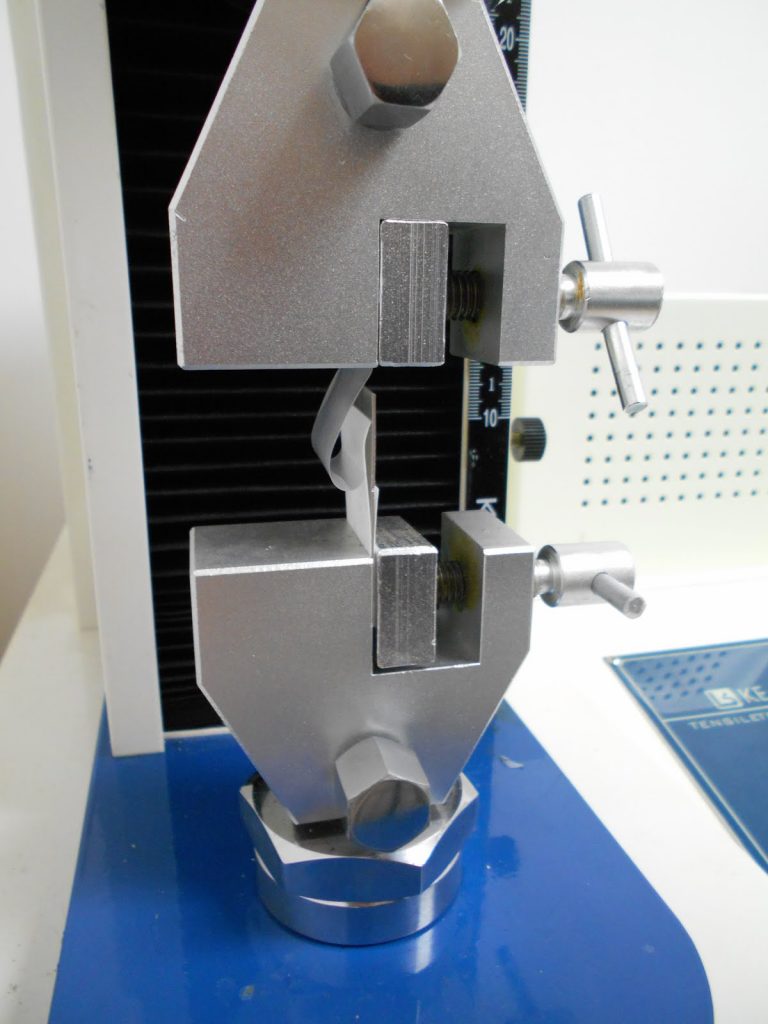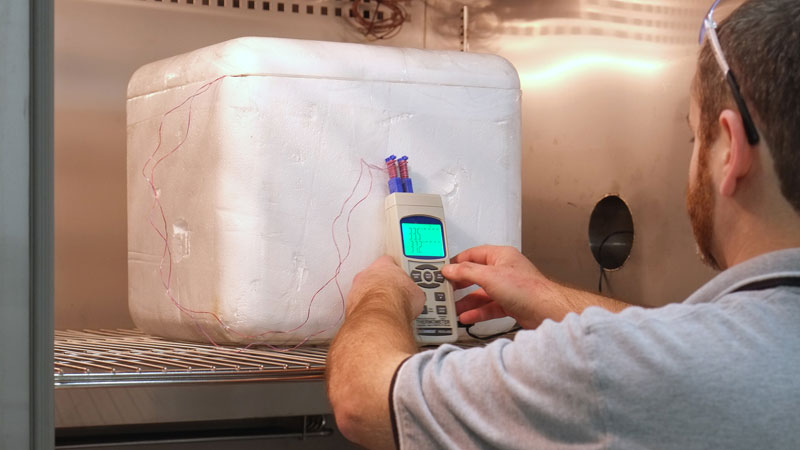We all know that 3D printed orthopedic implants are a 3D printing success story. For instance, we know that 3D printed acetabular hip implants provide patients with better bone adhesion than those made with conventional means. Other 3D printed devices can more closely match the modulus of bone or change the property of the implant in new ways.
We may yet see a further dramatic expansion in personalized devices, as well. However, even without an increase in patient-specific products, there are already many FDA 510(k) clearances for 3D printed medical devices, orthopedic implants, and more.
At the same time, we’re seeing an expansion from 3D printed hip and knee devices into a burgeoning market for spinal fusion cages and other products for extremities. Just some of the advantages of additively manufacturing these items include: the need for fewer steps, more precise designs, improved porosity and pore sizes, better buy-to-fly ratios, and unique shapes. I think that we are all in agreement that this is truly a golden age for 3D printed metal implants.
The Market for Packaging
However, there is an overlooked opportunity that is growing in combination with 3D printed implants. Medical packaging for medical devices, implants, and instrumentation is a burgeoning market. This packaging has to be sterile, while also keeping the content sterile through transport and use. From the point of manufacture to sterilization, transport, and actual use in the operating room, this chain of safety cannot be broken.
Imagine an instrument that is difficult to extract from its packaging and can, therefore, become contaminated while close to implantation. Or picture a courier dropping a package and the barrier film breaking. If personalized implants grow, then another layer of complexity will be added with every package having slightly different dimensions.
Under Pressure
At the same time there is pressure on surgeons, hospitals, and manufacturers to go to market faster with better products with quicker turnaround times. This pressure comes from the fact that there is a lot of innovation taking place, with devices really improving outcomes for patients. Then, there are the waiting lists accumulating across many health systems. This has been further exacerbated by the short-term impact of COVID, which delayed many surgical procedures for months. Compared to years ago, devices are also much more complex and there is much greater variance in them. Cumulatively, we’re seeing a recipe for disaster in implants, with significant time and revenue pressure colliding with greater product complexity. Riding a tricycle is difficult enough but doing so on a new tricycle when under stress will increase accidents.

Medical device packaging tooling, image by CCIT.
The Increased Specificity of Surgical Devices
The integrity and sterility of the device itself and its packaging is not the only worry. Now, many products can feature specially made coatings that may need their own care. There are myriad tools that accompany implants, as well, in addition to specific fasteners, screws, and bits that have to be sterile. What’s more, these fasteners may be specific to a given location and step in the body. In many cases, a particular order of using these components has become increasingly become more important.
Traditionally, big sterilization caddies or trays are used to colocate all of these tools and devices. We’re seeing a limit to these, but also a trend towards packaging each item individually, which then results in increased costs for implants. Amid this profusion of SKU, variance, and packaging, there is a constant need for traceability. To make matters more complex, we’re seeing a profusion in the number of sterilization processes: gamma sterilization, electron beam sterilization, X-ray sterilization, vaporized peracetic acid sterilization, NO2 sterilization and—this truly sounds like a bad idea—ethylene oxide sterilization. They have their relative merits and can all react differently to different packaging, coatings, and devices. The approval and manufacturing for different materials, coatings, implants, and sterilization processes may also be quite complex.

Package sterility testing, Image QES.
There are generally a number of issues with trays coming to the fore, as well. These include trays undergoing steam sterilization without being manufactured for it; creep in the barrier surface; sterilization thresholds not met; sterilization issues with tool handles, and more.
Regulators seem as though they may not be comfortable with custom trays. I can’t tell whether this is a temporary caution or if it would impede the use of 3D printing widely to produce trays and other methods for protecting and packaging medical implants.
The Benefits of 3D Printed Medical Packaging and Trays
What we can see from the sum total of these developments is that the market for instrument trays and packaging for implants—as as well as individual items like screws—are ripe for disruption. Now, especially in implantology, “measure 10 times cut once” is a good adage. This is not a “move fast and break things” kind of game. So, any progress will be determined and careful (thank goodness for that, by the way!). But, this set of challenges for medical device and implant packages would lend itself well to a 3D printable solution.

Packaging validation by Advanced Packaging Technology Laboratories.
Time to Market
To mitigate time to market, 3D printed mold tooling could save time for market participants. Vacuum forming and thermoform tooling could be made much faster with 3D printing. Reactive injection molding and other short-run molding techniques can make tools and parts available more quickly, as well.
Additionally, mold cycle times can be cut via optimized, 3D printed mold tooling. 3D printing metal molds can also make tooling available faster in some cases. Rejuvenating mold tools with 3D printing can make molds available more quickly.
Greater Specificity for Trays
Thermo- and vacuum-formed mold trays could be made more specific by 3D printing may different mold tools and inserts for them. With the proviso that we’d have to test every instance, it would be possible to produce trays for every operation scenario, with parts ordered for the proper procedure. Tighter, better fitting inserts would keep tools and implants from knocking about.
A form fitting exterior case could then be made from impact resistant material to offer more protection to trays and the instruments inside. Molds for soft protective materials (e.g., EVA, foams) might further protect trays and instruments.
Packaging and Labeling
Additive could be used to produce tooling for particular formfitting cardboard tools to protect instruments and devices in transit. Tools for die casting and stamping QR codes, identifying marks, and tracking codes on all manner of labelling and packaging might also be 3D printed.
Bridge Manufacturing
In the case that a manufacturer is switching materials or processes, 3D printing could be used as a bridge technology to produce the necessary packaging. The same is true for when new sterilization techniques are being developed or a product is recalled.
Other Tooling Applications
With more SKUs, more variation, more materials, and more complexity, testing will also become more complex. 3D printing could be leveraged to produce jigs, fixtures, and tools to test packaging.
Quality assurance and inspection will also become more complex. 3D printing could additionally be used to produce better tools and rigs for properly inspecting the more highly variable packages and tools that will become available.
Subscribe to Our Email Newsletter
Stay up-to-date on all the latest news from the 3D printing industry and receive information and offers from third party vendors.
Print Services
Upload your 3D Models and get them printed quickly and efficiently.
You May Also Like
Nikon SLM Solutions Sells SLM 500 to Primary Weapon Systems to Expand Suppressor Production
Primary Weapons Systems (PWS) is a Boise, Idaho-based manufacturer of suppressors, firearms, and related components. A subsidiary of Vigilant Gear and a sister company to aftermarket Glock slide manufacturer Lone...
3DPOD 261: Tooling and Cooling for AM with Jason Murphy, NXC MFG
Jason Murphy´s NXC MFG (Next Chapter Manufacturing) is not a generalist service; instead, the company specializes in making tooling. Using LPBF and binder jet, the company produces some of the...
HP and Firestorm Labs Form Partnership to Use Multi Jet Fusion 3D Printers in Deployable Factories
HP Inc., maker of a range of additive manufacturing (AM) solutions including the Multi Jet Fusion (MJF) ecosystem, has announced a partnership with Firestorm Labs, a developer of containerized, deployable...
3D Printing News Briefs, July 2, 2025: Copper Alloys, Defense Manufacturing, & More
We’re starting off with metals in today’s 3D Printing News Briefs, as Farsoon has unveiled a large-scale AM solution for copper alloys, and Meltio used its wire-laser metal solution to...
































